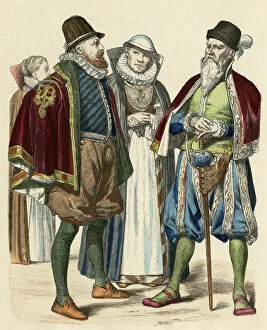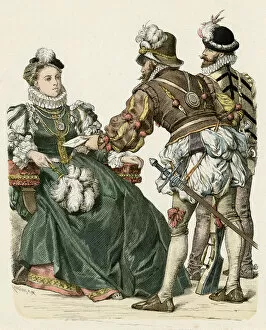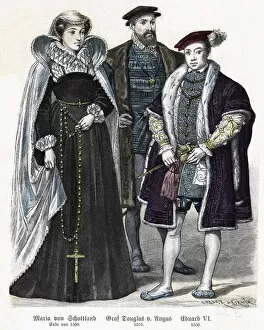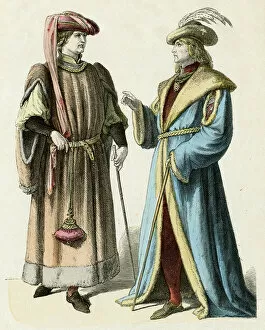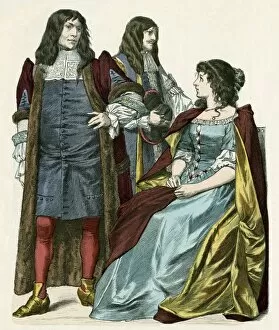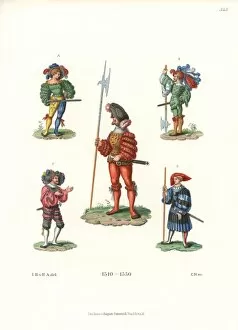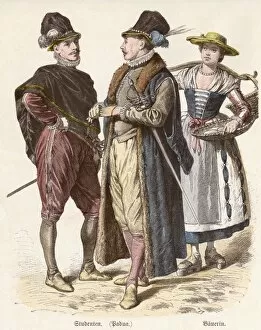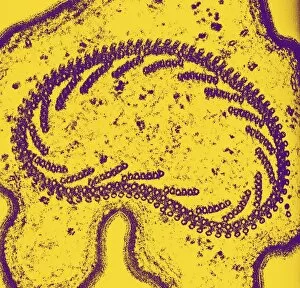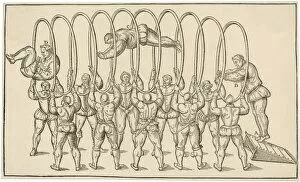Doublets Collection (page 2)
"Doublets: A Journey Through Centuries of Fashion and Style" Step into the world of doublets, a quintessential piece of clothing that has evolved throughout history
All Professionally Made to Order for Quick Shipping
"Doublets: A Journey Through Centuries of Fashion and Style" Step into the world of doublets, a quintessential piece of clothing that has evolved throughout history. From English Court Dress in the 16th century to Funeral Clothing in 1583, these garments have left an indelible mark on fashion. Immerse yourself in the opulence and grandeur of the 15th-century male costume depicted by Friedrich Hottenroth's exquisite engravings. Marvel at the intricate details and craftsmanship that adorned German Costume from 1400 or French Costumes from 1460-80. Witness the regal elegance captured in portraits such as Henry, Prince of Wales, painted around 1610 by an unknown artist. His doublet exudes power and sophistication, reflecting his status as a royal figure. Explore historical figures like Sir Thomas Coningsby (1550-1625) and Robert Dudley through their oil paintings dating back to the late 16th century. Their choice reveals not only their social standing but also their personal style. Delve into everyday life with Pieter Codde's painting "An Elegant Company" from 1632. The diverse range of individuals sporting doublets showcases how this garment transcended class boundaries during its heyday. Discover intriguing characters like Moll Cutpuse through hand-colored engravings that bring her story to life. Her attire includes a distinctive doublet that adds flair to her persona. Uncover hidden stories behind portrait miniatures featuring unknown gentlemen donning black doublets and white ruffs – symbols of refinement and elegance during their time. Finally, challenge preconceived notions with "The Chastity Belt, " a thought-provoking photograph highlighting societal norms surrounding gender roles while showcasing yet another facet where doublets played a role in shaping perceptions. From courtly affairs to daily wear, these glimpses into various periods demonstrate how they have endured as a symbol of style, status, and self-expression.

